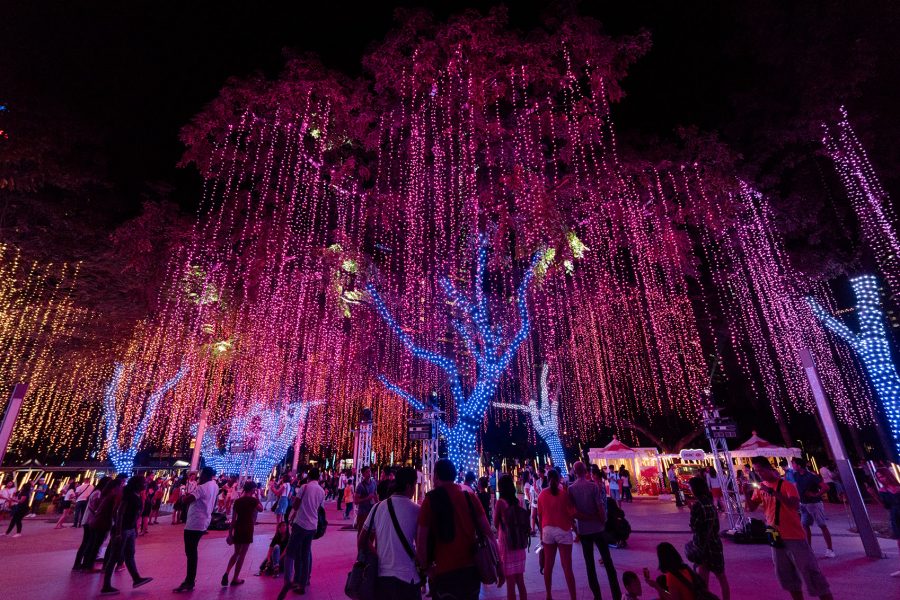Christmas is far from just a Western holiday. Across the world, the festive season is shaped by cultural norms and local character – but everywhere it’s celebrated, food and family take centre stage. From buckets of fried chicken to a nine-day-long series of church masses, here are some of the most interesting Christmas traditions from around Asia.
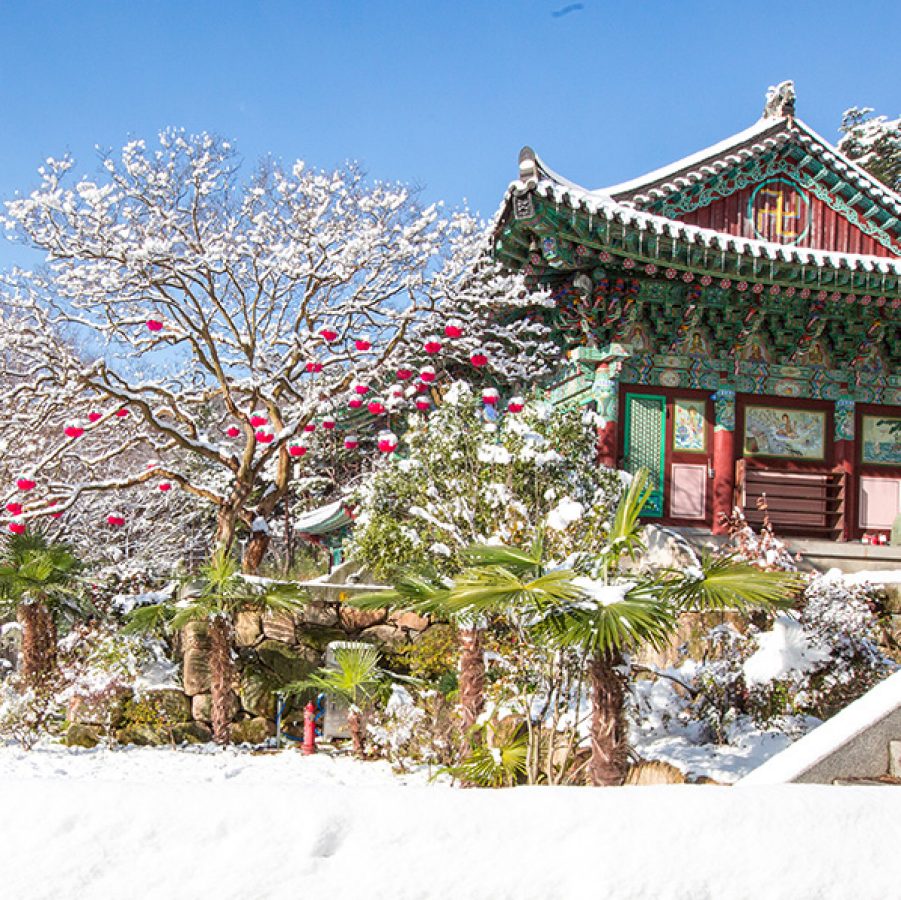
Credit: sueuy song/Getty Images
South Korea: a very Buddhist Christmas
Close to a third of South Koreans count themselves as Christian – add the cold weather and snow, and you have a good chance of experiencing a white Christmas in South Korea. Christmas is a national holiday, a day to celebrate with friends and families. Western Christmas dishes have been replaced by South Korean festive fare, such as beef bulgogi, japchae sweet potato noodles and, of course, plentiful kimchi.
Santa Harabeoji – Grandpa Santa – takes on a different look, often opting for green or blue robes instead of his traditional red. Sometimes you’ll even catch him wearing a gat – the tall top hat worn by nobility back in imperial Korea. Meanwhile, at Seoul’s Jogyesa Temple , Christmas tree-shaped lanterns take pride of place in the Buddhist temple’s courtyard, a symbol of inter-religious peace and harmony.
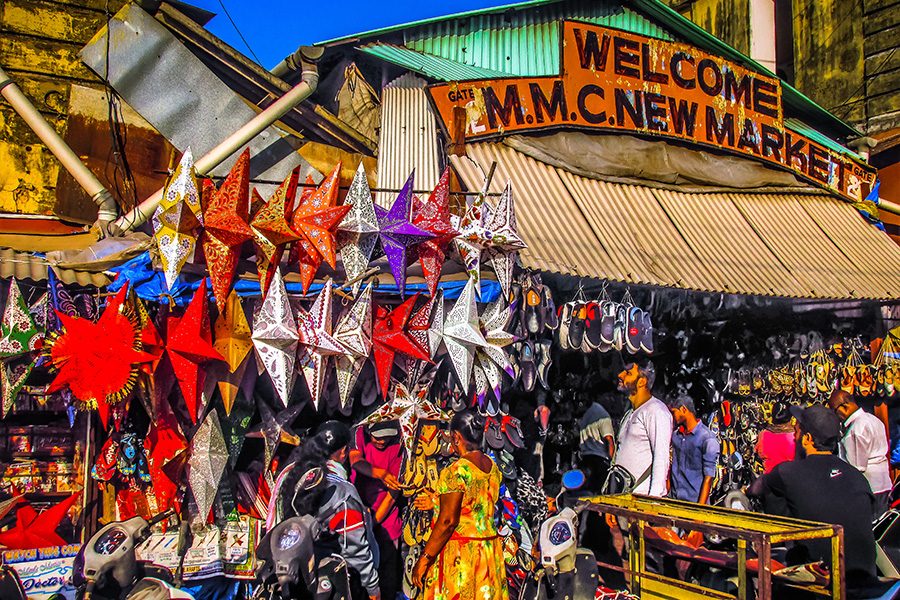
Credit: joseh51camera/Getty Images
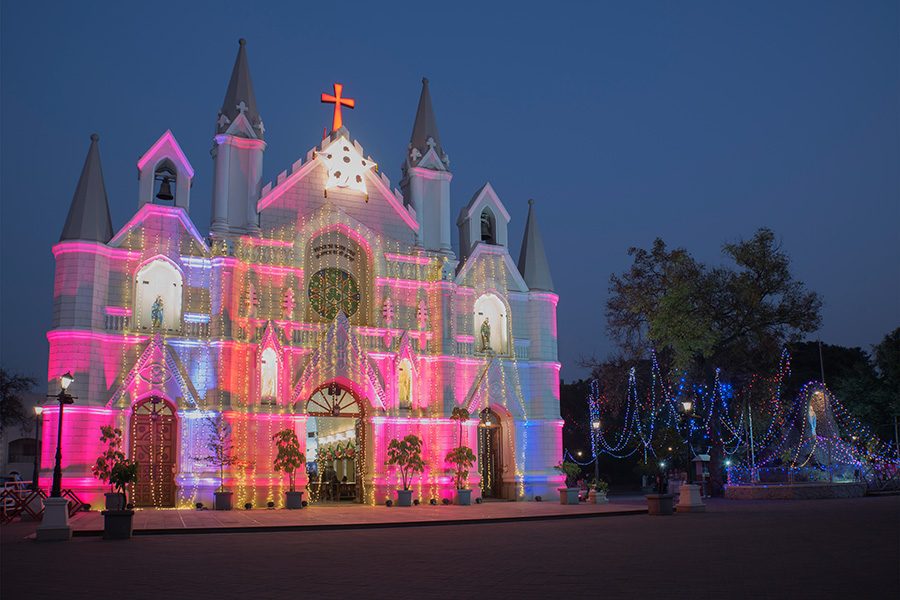
Credit: Harshal Sathe/Getty Images
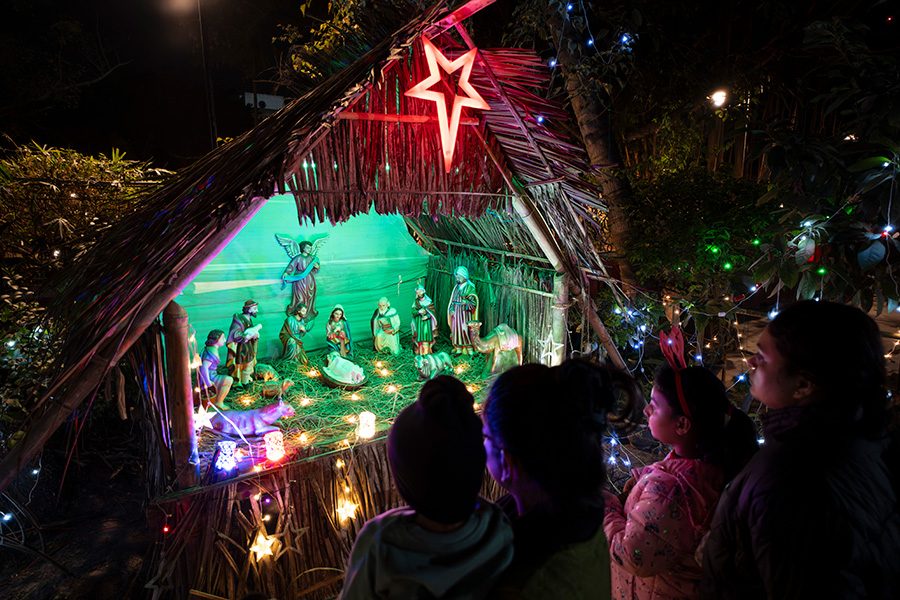
Credit: D. Talukdar/Getty Images
India: stars and sunshine
India’s festivals are known for being colourful and vibrant, and Christmas is no exception. Though celebrations take place all over the country, they are at their most impressive in places with significant Catholic populations, such as Goa. Here, churches, marketplaces and homes are decorated with festive flair. An example of these decorations are the giant star-shaped paper lanterns which are hung between houses, creating a spectacular scene of stars floating above the streets.
Christmas dinner is most commonly eaten on Christmas Eve: this is an opulent feast of sharing dishes, normally including biryani, meat curries and a collection of Goan sweets and pastries called kuswar. After dinner, local Christians attend midnight mass in churches that have been decorated with poinsettias and candles. Gifts are still delivered to children by Santa Claus – or Christmas Baba, as he’s more widely known in India. However, rather than arriving on a sleigh pulled by reindeer, it is said he delivers his gifts from a horse and cart.
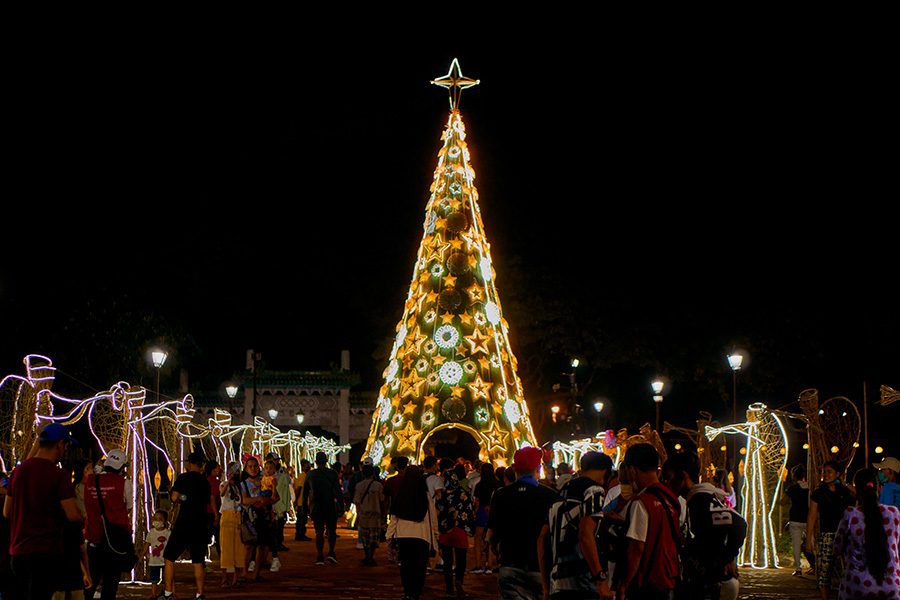
Credit: photoscenetecy/Getty Images

Credit: diegoct/Getty Images
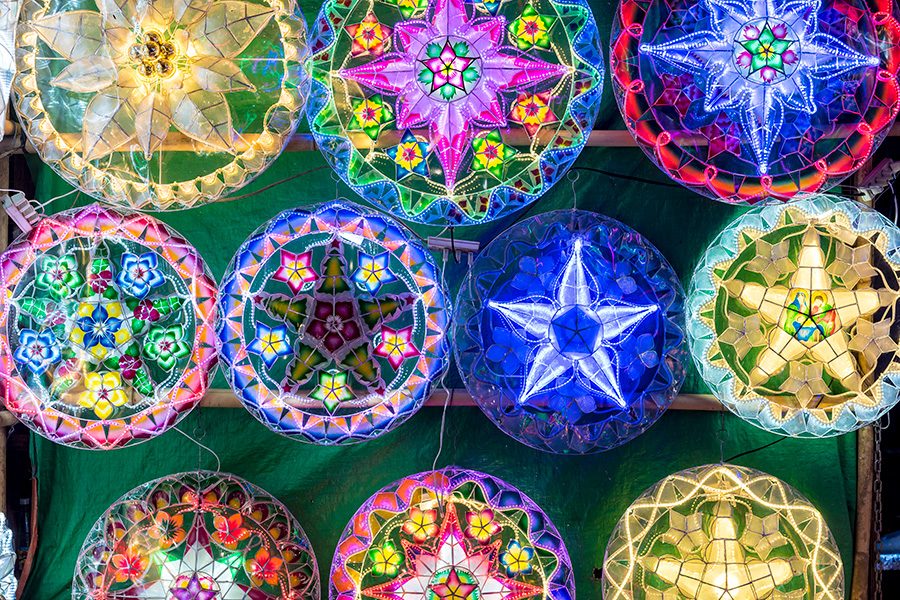
Credit: MDV Edwards
Philippines: the world’s longest Christmas
The Philippines has the longest Yuletide season in the world. Pop-up shops selling all manner of festive decorations appear along major shopping streets, and carols can be heard in stores from as early as August. The official Christmas countdown starts on 1 September, and continues through the “Ber Months”, as they’re known – until the Feast of the Three Kings in early January.
The nation is Asia’s largest Catholic country, and Filipinos take part in Simbang Gabi: a nine-day-long series of masses, which culminate in the Misa de Gallo mass on Christmas Eve. After the mass, they enjoy a feast known as Noche Buena: an open house celebration with family, friends and neighbours, who drop in to wish each other Merry Christmas. Food includes lechon (roasted pig) and coconut milk-laced bibingka (rice cakes). The most popular seasonal decorations are parols – colourful star-shaped lanterns that hang from bamboo poles, said to represent the star that guided the Wise Men to Jesus.
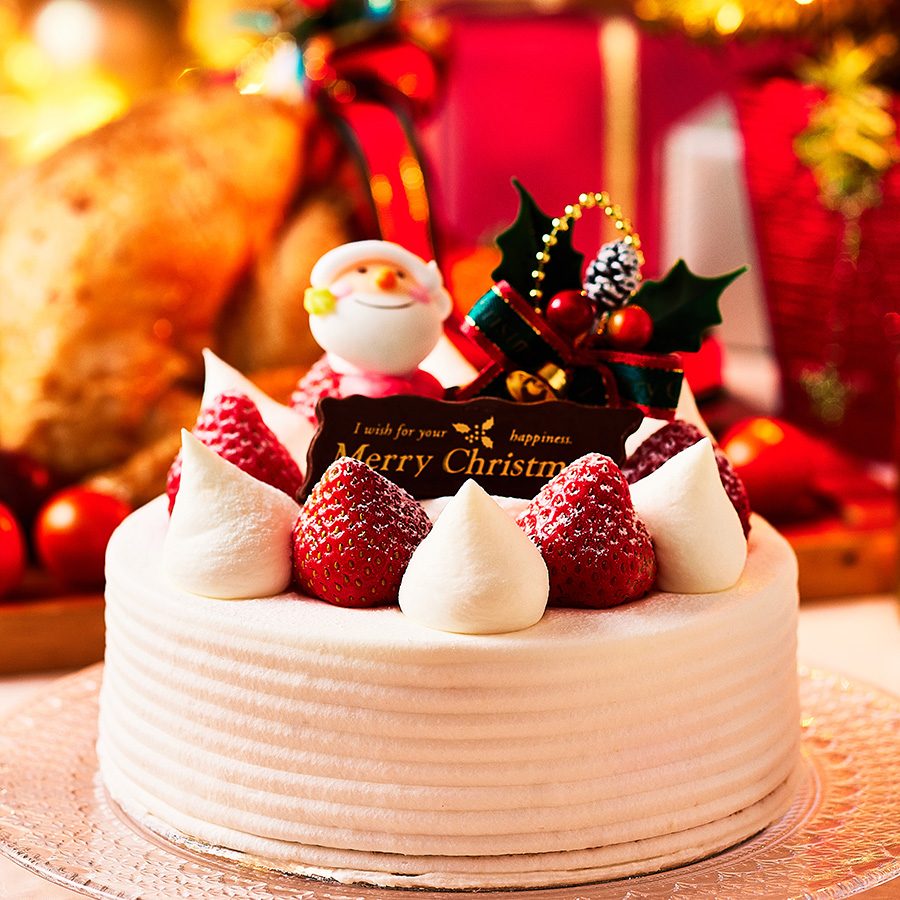
Credit: naturalbox/Getty Images

Credit: recep bg/Getty Images
Japan: strawberries and Christmas cream
While Japan enjoys the white wintry weather of everyone’s favourite Christmas carols, that’s where the Western traditions stop. Instead of a turkey dinner, Japanese families tuck in to big buckets of Kentucky Fried Chicken – the result of one of the world’s most effective marketing campaigns, dating back to the 1970s. For dessert, stodgy Christmas pudding has been replaced by light, fluffy Christmas Cake (also known as kurisumasu keki) – a sweet sponge topped with whipped cream and strawberries.
Gifts are still exchanged in Japan, but this takes place on Christmas Eve and is mostly just among couples. In fact, Christmas Eve is a romantic occasion in Japan, widely considered the Japanese version of Valentine’s Day.
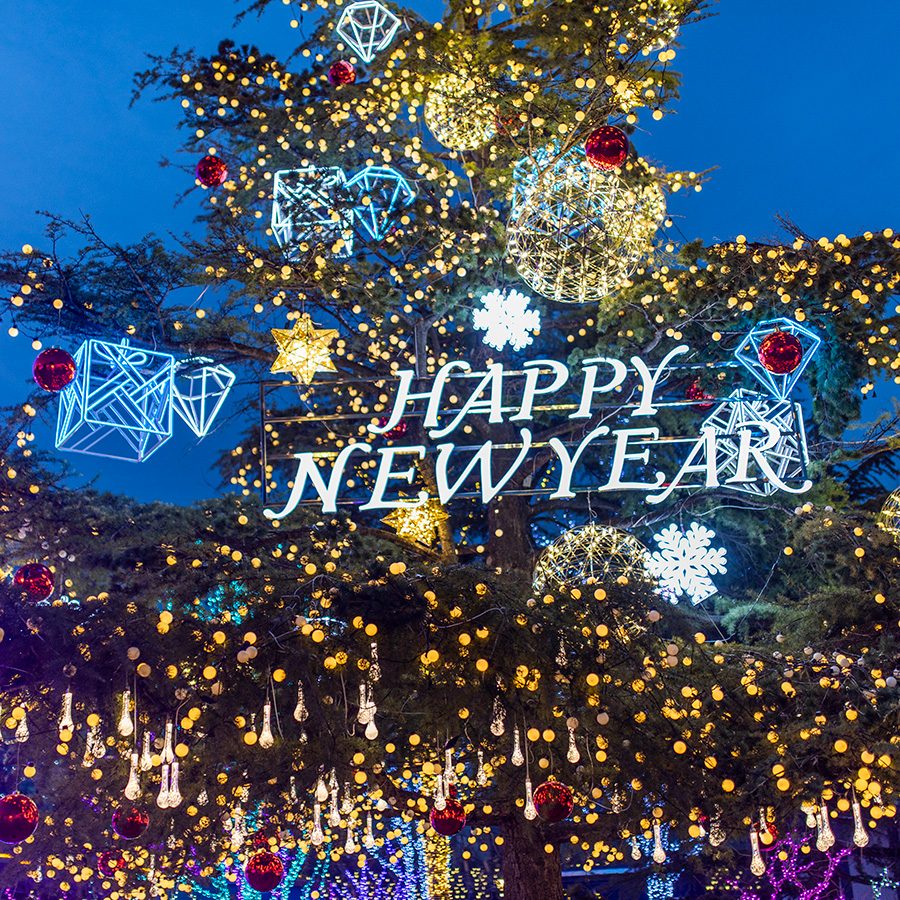
Credit: dk1234/Getty Images
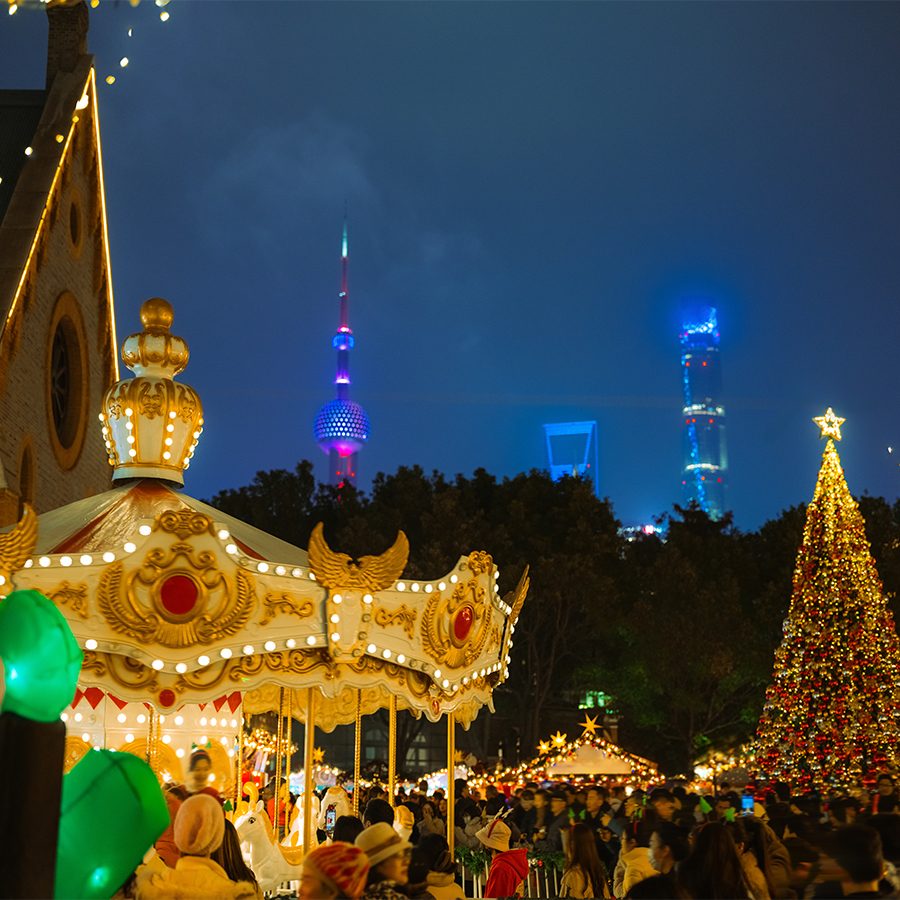
Credit: Oleh Slobodeniuk/Getty Images
The Chinese Mainland: a blend of customs
From the common and unexplained depiction of Santa Claus as a jolly man wielding a saxophone to exchanges of fruit the night before Christmas, the Chinese Mainland has adapted the holiday in unique ways. Around 2 per cent of the population identify as Christian; as a result, Christmas is celebrated not as a religious holiday (nor a public holiday) but rather as a festive day for couples or friends to get together.
Apple-giving on Christmas Eve has become popular in recent years due to its play on words: the Chinese word for apple has a similar pronunciation to the word for “peace”, which is also part of the word for Christmas Eve (translated as “peaceful night”). The apples are often wrapped extravagantly in stylish packaging before being presented to loved ones.
This story was originally published in December 2021 and updated in December 2024.
More inspiration
- China – the Chinese Mainland, Hong Kong SAR, Macao SAR and Taiwan Region
- Hong Kong SAR - English
- Chinese Mainland (China) - English
- Taiwan, China - English
- 香港特別行政區 - 繁體中文
- 中国內地 - 简体中文
- 中國台灣 - 繁體中文
- Africa
- South Africa - English
- Asia
- Bangladesh - English
- Korea - English
- Singapore - English
- Cambodia - English
- 한국 - 한국어
- Sri Lanka - English
- India - English
- Malaysia - English
- Thailand - English
- Indonesia - English
- Maldives - English
- ประเทศไทย - ภาษาไทย
- Indonesia - Bahasa Indonesia
- Myanmar - English
- Vietnam - English
- Japan - English
- Nepal - English
- Việt Nam - tiếng Việt
- 日本 - 日本語
- Philippines - English
- Australasia
- Australia - English
- New Zealand - English








